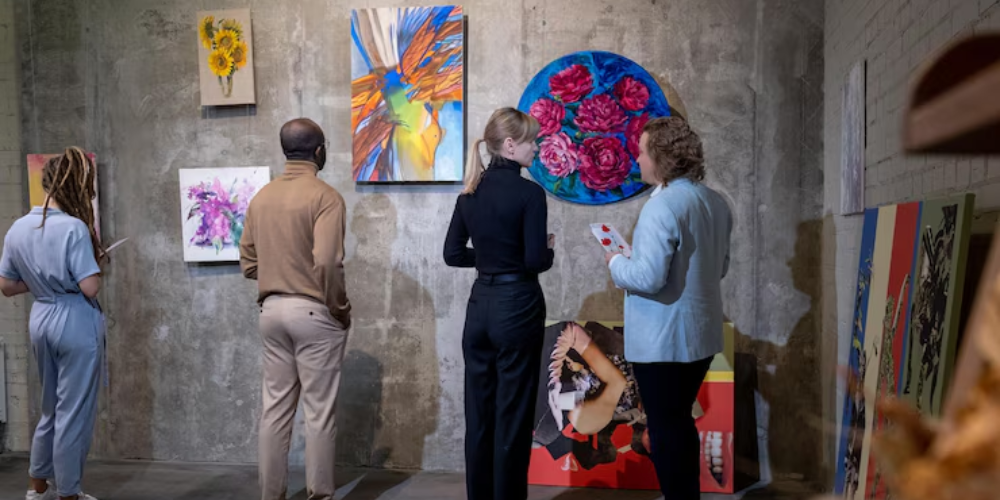
How Wealthy People Are Secretly Buying Art Right Now

Buying art is no longer confined to galleries or prestigious auctions. Wealthy collectors are finding creative ways to invest in art that reflect both personal taste and financial strategy. From supporting emerging talent to leveraging social media, the art-buying landscape continues to evolve. Recent surveys, like the 2024 Art Basel and UBS study, reveal fascinating trends about how affluent buyers are acquiring and interacting with art today.
By examining data from over 3,600 high-net-worth individuals across 14 global markets, the report highlights shifts in collector behavior. Not only are spending patterns becoming more diverse, but preferences for female artists and emerging creators are also on the rise. Below, we dive into the key trends reshaping the art world and how they’re influencing collectors’ choices.
The Rise of Investing in Female Artists
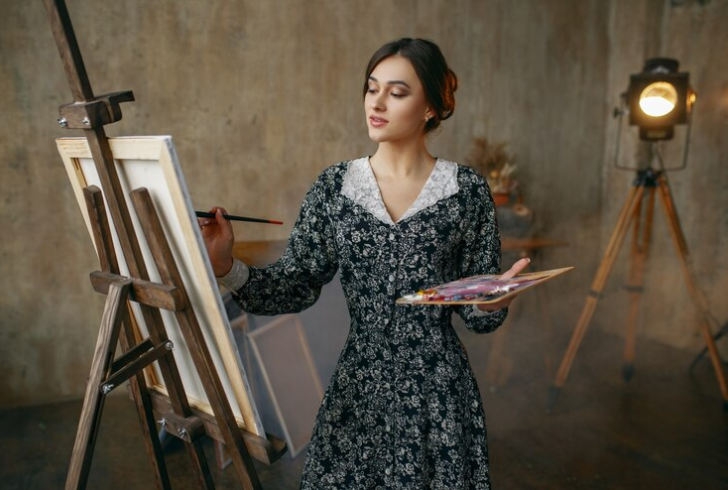
Image by nomadsoul1on freepik | Collectors value unique art by women.
A notable trend is the growing interest in art by female creators. While male artists still dominate overall art sales (56% compared to 44%), ultra-wealthy collectors—those spending over $10 million—are now allocating more of their budgets to works by women. The survey found that 52% of these purchases were for female-produced art, reflecting a significant shift in focus.
This interest aligns with broader societal changes, where more women are breaking barriers in politics, leadership, and creative industries. As Amanda Morse, the head of fine art at Chairish, notes, “Collectors are drawn to female artists for their distinctive stories and fresh perspectives. Their work adds depth to collections and provides meaningful investments.”
To meet the rising demand, platforms like Chairish have expanded their offerings. They now feature over 30,000 original works, including paintings, sculptures, and photographs, with more than half created by women.
Supporting Emerging and New Artists
In 2024, a significant 52% of art investments by wealthy individuals focused on emerging and new artists. This figure marks an 8% increase from the previous year, showing that collectors are increasingly looking beyond established names.
Buying work from up-and-coming artists offers dual benefits—financial returns and the chance to support fresh talent. As Morse explains, “Championing contemporary creators not only allows collectors to engage with modern culture but also provides opportunities for strong investment potential.”
Prints and works on paper, in particular, are popular entry points for buyers. These affordable options make it easier to explore new talent while building a diversified art portfolio. Collectors also value the emotional connection that comes with discovering and backing artists early in their careers.
Art as Inheritance
Art isn’t just purchased—it’s often inherited. The survey revealed that 91% of wealthy individuals had owned art as a gift or family inheritance at some point, with 72% keeping at least one piece. These inherited works often carry sentimental value, but practical considerations also come into play.
Some collectors sell inherited art due to space constraints or financial needs, such as paying estate taxes. Others choose to pass these pieces down to their children, partners, or even museums, ensuring the works find a meaningful home. Morse adds, “In the high-net-worth demographic, it’s common to sell heirlooms to make room for pieces that better align with personal preferences.”
For those planning their estates, succession strategies for art are becoming increasingly important. Collectors are deciding whether to preserve works for family members or let them reenter the market.
The Role of Dealers in the Art Market
Despite the rise of online platforms, dealers remain critical in the art-buying process. According to the study, 60% of art sales from January to June 2024 involved dealers, whether through galleries, fairs, or online platforms.
Dealers offer valuable expertise, providing access to exclusive works and guiding buyers through complex negotiations. While working with a dealer can be intimidating for newcomers, platforms like Chairish offer a more approachable alternative. Online marketplaces allow collectors to browse a curated selection of fine art, including vintage and original pieces, without the pressure of face-to-face transactions.
Morse explains, “Dealers bring credibility and simplify the art-buying journey. For collectors exploring online options, platforms bridge the gap by offering trusted, curated selections.”
Instagram’s Growing Influence on Buying Art
Social media has become an unexpected yet powerful force in the art world. The survey found that 43% of wealthy collectors purchased art through Instagram in 2024. The platform’s visual nature makes it an ideal space for discovering new artists and trends.
Buyers appreciate the transparency and accessibility Instagram provides, while technologies like augmented reality allow collectors to visualize art in their homes before purchasing. Morse predicts this trend will continue to grow, as social media simplifies the process of finding and buying art online.
Galleries and platforms like Chairish also use Instagram to engage with collectors, highlight emerging talent, and stay ahead of industry trends. This approach helps create a seamless connection between artists and buyers, blending digital convenience with the excitement of art discovery.
Why Investing in Art Remains a Strong Strategy
Beyond its aesthetic appeal, art has solidified its role as a valuable asset. Morse emphasizes that buying art offers more than just financial benefits. “Art transforms spaces, inspires creativity, and adds personal meaning to a collection. While it holds potential for long-term value growth, its emotional and cultural impact is just as significant.”
Collectors are increasingly aware of these multifaceted benefits, leading to growing interest in art as a stable and meaningful investment. From female and emerging artists to innovative digital platforms, the future of the art market is filled with opportunity and creativity.
Key Insights on Modern Art Collecting
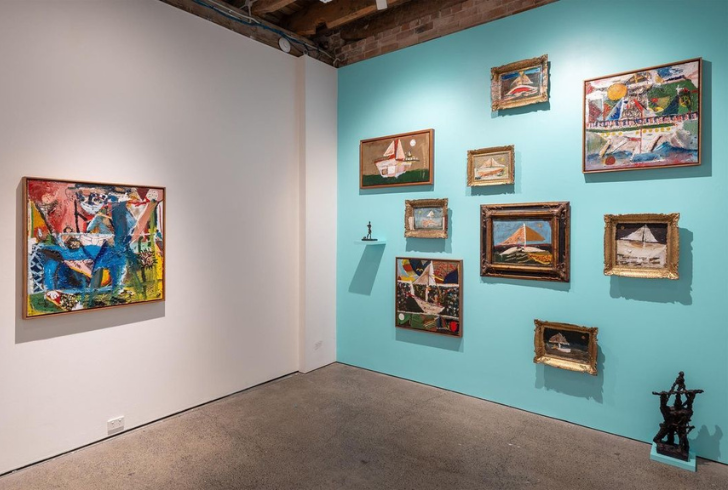
Instagram | artcollectormagazine | Modern art collecting blends tradition with innovation.
Wealthy art collectors are reshaping the market with evolving preferences and innovative buying methods. Key trends include:
1. Increased support for female artists: Ultra-high-net-worth individuals are spending more on works by women, highlighting a shift toward diverse perspectives in art.
2. Emerging talent on the rise: New artists are receiving greater recognition and investment, with collectors eager to discover and support contemporary creators.
3. Inherited art decisions: Many wealthy families retain sentimental works while selling pieces that don’t align with personal tastes or financial plans.
4. Dealers and online platforms: Trusted dealers continue to dominate sales, while online marketplaces provide accessible alternatives for art buyers.
5. Social media’s impact: Instagram plays a growing role in connecting collectors with artists, blending digital convenience with artistic discovery.
As these trends evolve, buying art remains both an emotional and financial decision. Whether through traditional channels or modern platforms, collectors have more options than ever to curate meaningful and valuable collections.
More in Top Bank Accounts
-
`
Sophie Turner Shares Her Daily Struggles as a Single Mother
Sophie Turner recently opened up about her immense challenges as a single mother. The 28-year-old British actress, known for her iconic...
October 12, 2024 -
`
How to Align ESG Goals With Your Business Strategy
In today’s corporate landscape, aligning a corporate foundation’s ESG goals with the core strategies of a business has become increasingly crucial....
October 3, 2024 -
`
Vale Ventures to Invest in Mantle, A Startup for Carbon Capturing
In a bold move towards a greener future, Vale Ventures has made headlines by announcing an investment in the Boston-based startup...
September 25, 2024 -
`
Is Selena Gomez a Billionaire?
Recently, rumors of Selena Gomez’s billionaire status, fueled by her ever-expanding business ventures and skyrocketing influence, have gained traction. Gomez, who first...
September 18, 2024 -
`
New ‘Medicare Card’ Scam Is On the Rise – Here’s What You Should Do
Have you recently received a call asking you to verify your Medicare number to get a new card? If so, be...
September 13, 2024 -
`
What Is a Stock Split? Understanding How It Works
Stock splits are a fascinating aspect of the financial world that often pique investors’ curiosity. When a company announces a stock...
September 6, 2024 -
`
Cardi B No Makeup: Proof That She’s a Natural Beauty Queen
Cardi B is known for her bold and extravagant style, often capturing attention with her vibrant fashion choices and daring beauty...
August 31, 2024 -
`
How Long Has Forbes Been in Business? – And What Lies Ahead
For over a century, Forbes has been a pillar of business journalism and financial reporting. Since its inception in 1917, Forbes...
August 21, 2024 -
`
Are House Prices Going Down in Orange County in 2024?
In June 2024, Orange County saw a notable shift in its real estate landscape. This leads many to wonder if house...
August 14, 2024







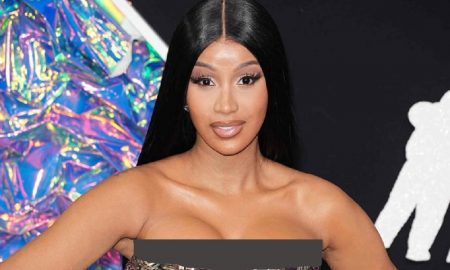
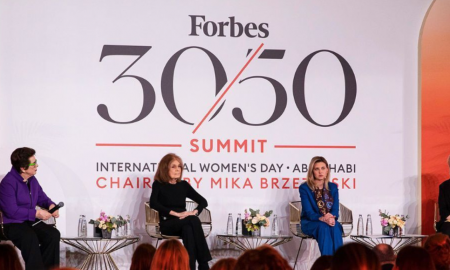






You must be logged in to post a comment Login